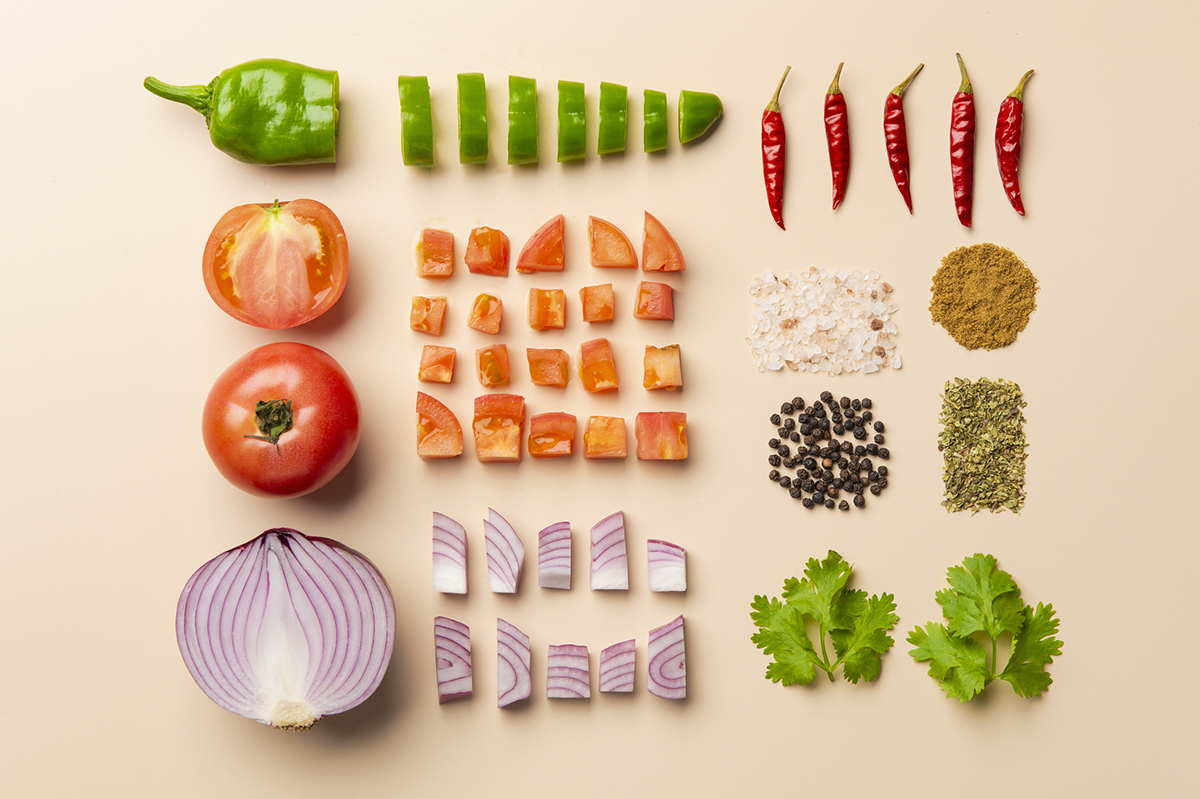Why Do I Hate Cilantro? How Can Anyone Stand Blue Cheese?
- by bonappetit
 Is there a reason why I hate cilantro? And how come just the smell of blue cheese nauseates me, when my partner loves it?
Is there a reason why I hate cilantro? And how come just the smell of blue cheese nauseates me, when my partner loves it?
From the tiny green cilantro leaves atop street tacos to the pungent smell of a block of moldy fermented milk, it’s no secret that some foods are polarizing. But what causes one person to adore the taste of bitter dark chocolate while another person says they’d rather eat dirt? Experts suggest your acceptability of certain foods is a culprit of your culture — and your DNA.
Most of our food cravings and aversions are learned early in life and heavily influenced by our surrounding culture and environment. We come to know and love the foods and cuisines we’re exposed to in childhood, and these formative food experiences shape our lifelong flavor preferences. In fact, research has shown that unborn and breastfed babies can taste what their mothers eat, which means their mother’s dietary preferences influence their own individual flavor affinities starting in the womb.
In addition to what individual foods we crave, our personal perception of favorable food flavors and pairings may also be culturally influenced — a 2011 study shows that while European cuisines tend to pair foods that are opposite in flavor profile (like chocolate and cheese), many Asian cuisines actually do the opposite and embrace combining similar flavors (such as chilis and lime).
In sum, we eat — and we like — what we know.
However, in addition to our food environment, research shows that our genes may also impact how our sense of taste functions. We all have the five basic taste receptors on our tongues — sweet, salty, sour, bitter, and the most famous, umami — but how many of each we have varies from person to person, determined by our DNA.
Studies suggest that how we taste and smell (a major factor in the taste experience) varies widely, and that each person falls on a taste spectrum that ranges from highly sensitive “supertasters” to those with a narrower sensory experience. In addition to your taste level, researchers have also identified certain genes that are associated with aversions to compounds found in certain foods like cilantro, coffee, chocolate, and even broccoli. Which is why you may love a heap of cilantro on your Thai curry while your friend involuntarily makes eating-soap faces.
Finally, it’s important to know that food preferences can evolve. Just like a child tasting new foods for the first time, you may need to try a new flavor many times before finding it acceptable. Just as you may have hated the sight (and smell) of asparagus as a child but now can’t get enough of the crunchy spears, your acceptance of particular foods and flavors will change throughout adulthood — as long as you test and try new ingredients and cuisines. Which means there may be hope for you and those Brussels sprouts.
At Bon Appétit, we know there’s a lot on your plate that you worry about. That’s why we have a team of registered dietitian nutritionists ready to answer your nutrition questions about which food choices will help you avoid unwanted pounds, work or study (and sleep!) better, and form long-lasting healthy eating habits. Email your questions and feedback to [email protected].